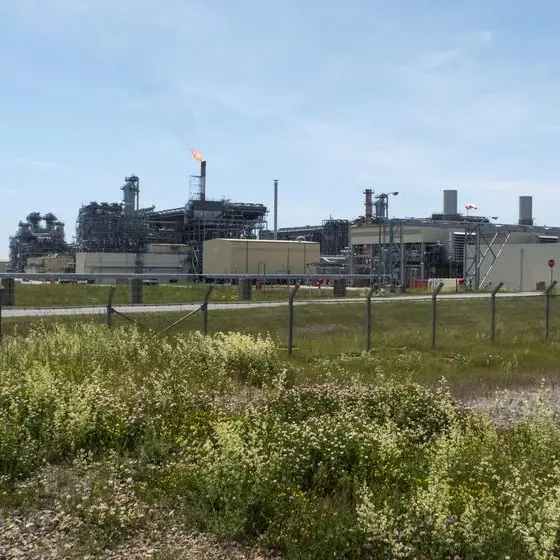DOHA: The regional banking sector has entered a new paradigm where margin compression, tightening liquidity, moderate asset and profit growth, limited capital market activity, greater focus on cost reduction and a widespread need for greater capital and funding. However, banks have on the whole, fared well during 2015 and the outlook for the coming years remains relatively positive given the expectation of continued government support for the sector and committed infrastructure investment, KPMG's banking report noted yesterday.
KPMG, which analysed the results of 56 leading listed commercial banks in the GCC, noted Qatar's listed banks remain relatively resilient, and their long-term outlook remains positive despite economic uncertainty.
Omar Mahmood, Head of Financial Services for KPMG in the Middle East & South Asia and partner at KPMG in Qatar said, "The banking sector in the region has moved a long way from the days of excess capital and liquidity. The situation in Qatar largely mirrors that in the rest of the region however we have experienced the second highest growth rate thanks to an increase in corporate lending as a result of the infrastructure boom - albeit at a slower pace than previous years."
Despite the impact of margin compression caused by an increase in the cost of funds and greater competition for assets, both profitability and assets rose across the region (by 6.8 percent and 6.3 percent respectively on simple average). The continued rise in profitability and assets is largely due to the careful planning and the cautious approach adopted by banks. The report suggests that the coming year is likely to see further capital and fundraising activity to support growth and to manage Basel III capital and liquidity requirements, particularly given that capital adequacy and liquidity levels fell in 2015 compared with the previous year.
It is clear that the sector is looking for ways to mitigate current financial pressures as cost-to-income ratios (CIR) have reduced by 7.4 percent on average since 2014. And although Qatar's CIR has stayed the same, the country still has the lowest CIR in the region at 31.7 percent. "The focus on reducing or maintaining cost-to-income ratios is backed up by an increase in banks looking to acquire consultancy services on cost-reduction, operational efficiency, digitalisation and other ways to improve profitability. This early action will help to bolster bank's resilience moving forward, Mahmood said.
Net impairment charges have declined year on year by an average of 9.2 percent, reflecting the more cautious approach to lending adopted by banks in previous years. This trend may not continue due to a lag from the impact of the oil price decline on the wider economy, and with the implementation of IFRS 9, the new International Financial Reporting Standard, which will prescribe a completely new way of calculating credit losses which are likely to drive up impairment charges.
Increasing regulation, despite creating additional pressure on banks, is having a positive impact on the sector - a trend which is expected to continue in the long-term. Basel III regulations, which are being adopted across the GCC, will continue to improve the sector's resilience against financial and economic stress, improve risk management and governance and strengthen banks' transparency.
Mahmood added that most banks are being forced to adapt to the challenging environment, "we are seeing banks compete more aggressively, focusing more on efficiencies, and seeking innovative ways to grow and deliver positive results whilst managing shareholder expectations. We firmly believe that some of the fundamental changes we are witnessing, whether it be increasing regulatory scrutiny or greater efficiency will help the financial services industry and provide for greater stability in the long-term".
The report titled "GCC Listed Bank Results: A new paradigm" , analyses the results of selected listed banks in Bahrain, Kuwait, Oman, Saudi Arabia, Qatar and the United Arab Emirates.
The Peninsula 2016






















